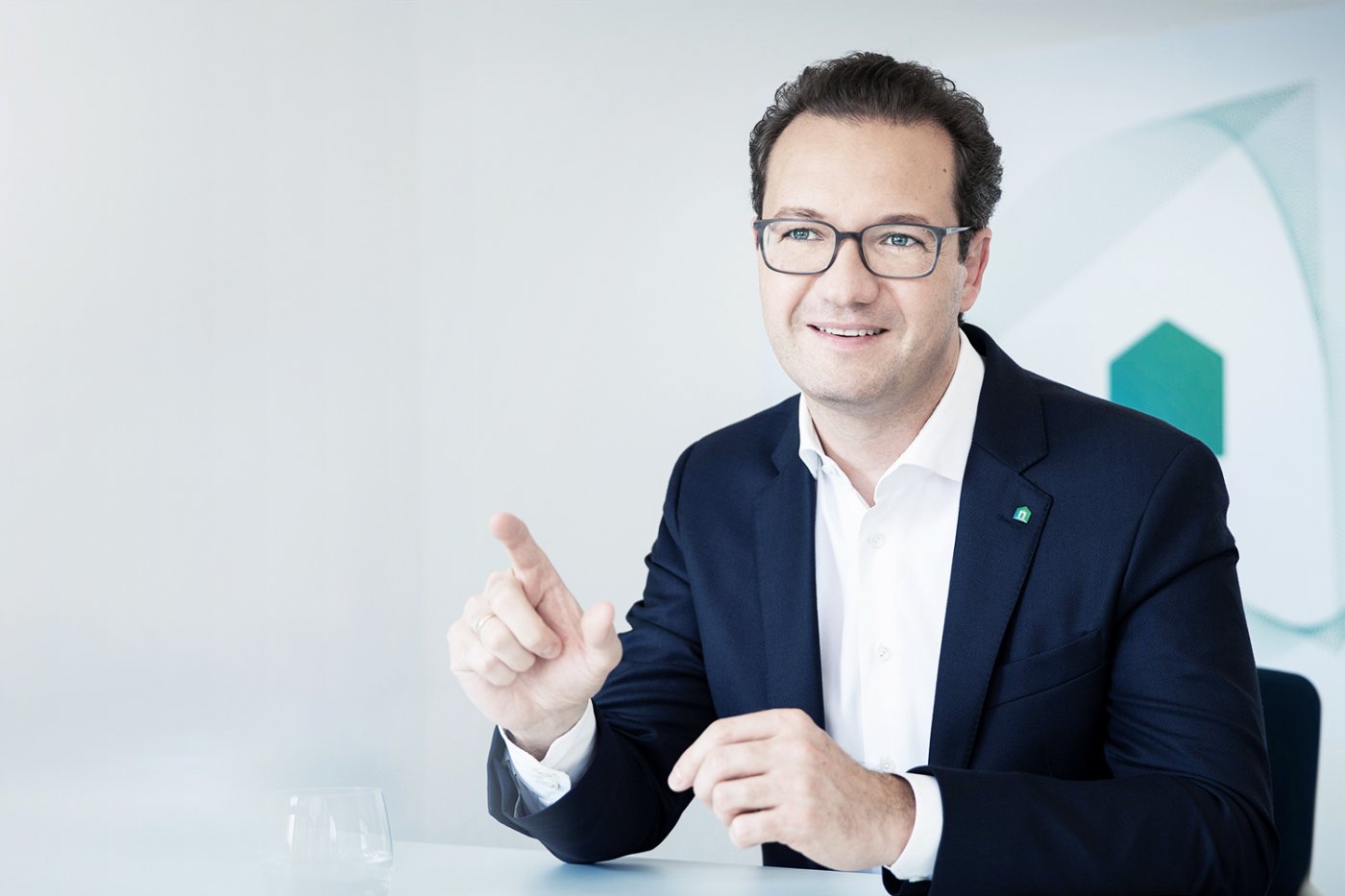Themenbeitrag

Return call within 24 hours
Thank you for your request
We will call you back as soon as possible.
Two key components of the EU Energy Efficiency Directive (EED), which came into force in Germany at the end of October, are the provision of all-year-round consumption information for apartment users and the mandatory use of radio metering technology to record consumption. In an interview, Stephan Bause, Managing Director of the noventic subsidiary beyonnex, explains what the new requirements entail for both tenants and portfolio holders. The energy saving opportunities should not be underestimated. In addition, the infrastructure which will be installed forms the starting point for the digital buildings of the future, with all the options that entails.
Mr Bause, what are the challenges posed by the Energy Efficiency Directive (EED) and the associated obligation to provide all-year-round consumption information?
After the transposition of the EED amendment into national law on 25 October 2020, radio metering technology will become mandatory in the housing industry.mete In concrete terms, this means that newly installed meters and heat cost allocators must be remotely readable. However, a precondition is that doing so must be technically feasible, cost-efficient and proportionate in terms of the energy savings achieved. If non-radio meters or heat cost allocators are already installed, these must be retrofitted or replaced by 2027. If the necessary metering technology is available in the house, tenants must also be provided with all-year-round information on their energy and water consumption from 2022 onwards.
What does this mean in concrete terms for portfolio holders? What do you recommend here?
Conventional metering and billing systems are no longer up to the job. Accordingly, sooner or later every portfolio holder will have to convert to radio-based remote reading and billing of consumption. To avoid having to replace new devices before the end of their useful lives, it makes sense to opt for radio technology right now if meters will need replacing soon. After all, as a rule heat cost allocators have a service life of ten years, while cold water meters have a calibration period of six years, and hot water and heat meters of five years. However, meeting these regulatory requirements also opens up new opportunities, as the infrastructure can become the starting point for the wholesale digitisation of the housing industry. The key words here are: more efficient processes, greater energy efficiency and more direct landlord-tenant communication.
What are the expected advantages for tenants of all-year-round consumption information?
The information makes energy consumption more transparent and encourages residents to save energy. If they only receive consumption data once a year in the form of a bill, it is too late for them to adapt their consumption behaviour for that period. Being able to view consumption straight away via app is particularly useful. The app enables tenants to view their energy consumption and consciously evaluate their own behavior during peak consumption periods. Energy-saving tips offered via the app can also have a positive influence on energy consumption. Moreover, radio-based metering systems permit remote reading of consumption without entering the apartment, which is also much more convenient for residents.
But are the energy savings achieved really significant?
Yes. This has been shown by various surveys, as well as by past experience. For example, in 1981 the Heating Costs Ordinance was introduced in Germany. This required the individual billing of heating costs in apartment buildings, and since then CO2 emissions from said buildings have fallen significantly. In a recent study, the consulting firm Ecofys investigated the economic savings potential of all-year-round consumer information for the German heating industry, and found that it came to the equivalent of the annual heating energy consumption of a city the size of Hamburg (2020 population: 1,845,229) Furthermore, a field test conducted by the German Energy Agency dena found that if consumers receive consumption information throughout the year along with their heating costs bill, they change their behaviour in both the short and long terms, thereby significantly reducing their energy use.
To what extent is the obligation to use radio metering technology combined with all-year-round consumption information also worthwhile for owners?
One practical benefit is that there is no need to arrange meter reading appointments. However, for portfolio holders the opportunities created go way beyond metering alone. The installation of remotely readable digital infrastructure with interoperable device technology gives them freedom of choice for the future. Upcoming innovations can be easily integrated in an interoperable system, regardless of the manufacturers chosen. Radio-based (AMR) and interoperable (OMS) systems of the type used in QUNDIS devices provide an Infrastructure from which further added value can be generated. For example, viewing consumption data via the "Home" app allows direct reading of energy consumption.
You mentioned upcoming innovations. Do you also mean ones directly or indirectly related to the smart meter rollout?
Yes, because a networked digital infrastructure also lays the cornerstone for the convergence of submetering and smart metering via a smart meter gateway. Thus the full-service metering provider KALO connects the wireless technology used via a CLS device with a smart meter gateway and can thus collect and evaluate all consumption data centrally. This facilitates the bundled offers which are the key to more efficient processes. These smart meter gateways are the central communication units of the decentralised energy transition, at the interface between buildings and energy grids. They receive and store data and make it available to grid operators and other market players such as electricity suppliers. This opens up completely new business models, for example in the field of electromobility.